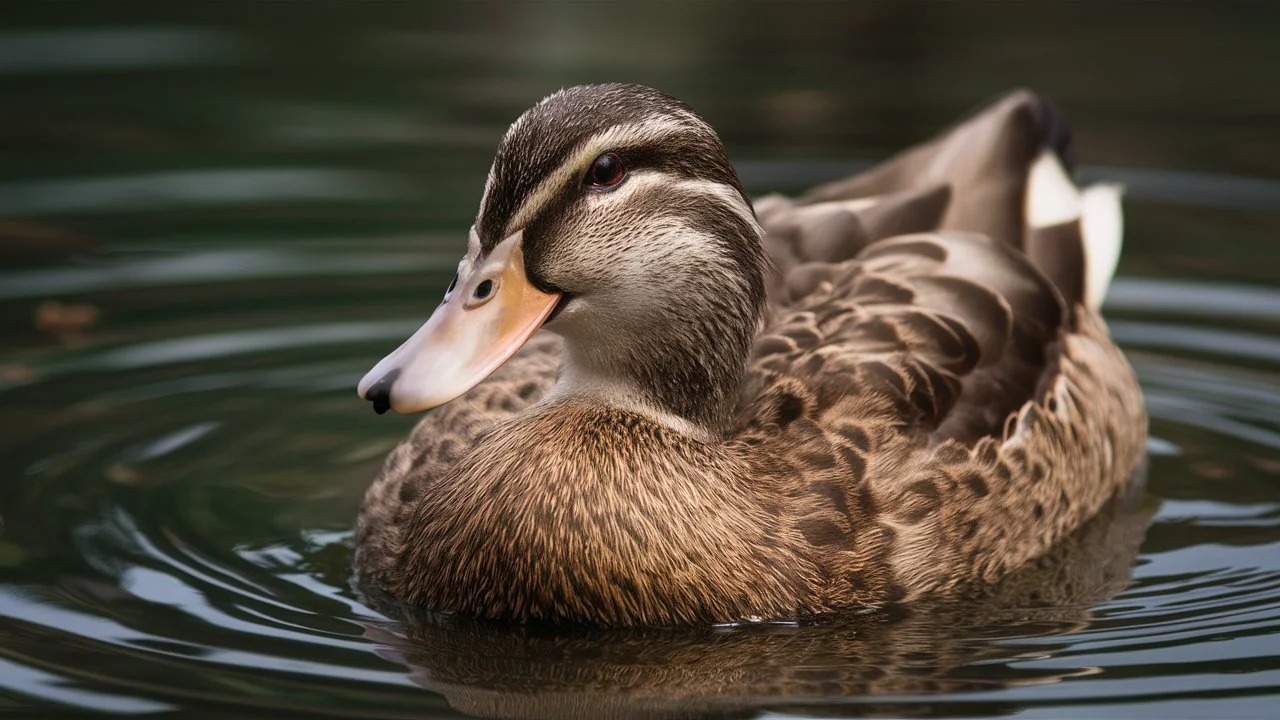When people think about animals with teeth, they usually imagine creatures like dogs, cats or humans. Ducks, with their cute waddling and quacking, might seem like they would have teeth too. However, ducks do not have teeth like mammals. Instead, they have other special features in their beaks and mouths that help them eat. This guide will explain in simple terms how ducks eat without teeth and what makes their beaks so special.
No, ducks do not have teeth. Instead, they have specialized structures in their beaks, such as lamellae and serrated edges, that help them filter and grasp their food.
Understanding Duck Beaks
Ducks have beaks that are uniquely adapted to help them eat different kinds of food. Here are some key parts of a duck’s beak:

- Lamellae: Inside a duck’s beak, there are rows of thin, comb-like structures called lamellae. These look a bit like the teeth of a comb and help the duck filter food from water. When a duck takes a mouthful of water and mud, the lamellae trap food particles like small plants, insects, and tiny animals while letting the water and mud flow back out.
- Serrated Edges: Some ducks have beaks with serrated edges that look like tiny, tooth-like structures. These serrations are not true teeth but they serve a similar purpose. They help the duck hold onto slippery prey, such as fish, making it easier to catch and eat them.
- Hard Beak and Tongue: Ducks have strong, hard beaks that are perfect for their feeding habits. Their tongues also help in manipulating and swallowing food. The beak and tongue work together to handle the food efficiently.
Related reading: Do Geese Fly in the Rain?
How Ducks Eat
Ducks eat a wide variety of foods, including plants, insects, small fish, and even small amphibians. Here are some ways ducks use their beaks to eat:
- Dabbling: Many ducks are known as “dabbling ducks.” They feed mainly on the surface of the water or tip their bodies forward, with their heads underwater and tails in the air, to reach food just below the surface. The lamellae in their beaks help filter out food from the water. Mallards are a common example of dabbling ducks.
- Diving: Some ducks, known as “diving ducks,” dive deep underwater to catch their food. These ducks have stronger, more robust beaks to catch and hold onto prey like fish and underwater insects. Their beaks’ serrated edges help grip their slippery prey.
- Grazing: Ducks also graze on land, eating grass, seeds, and small plants. Their beaks are strong enough to pluck and tear vegetation. Geese, which are related to ducks, are particularly known for grazing on grass.
Differences Between Duck Beaks and Mammal Teeth
It’s important to understand the key differences between the structures in duck beaks and mammal teeth:
- Structure: Mammal teeth are made of hard enamel and dentin. They are anchored into the jawbone and have roots. Duck beaks, on the other hand, are made of keratin, the same material that human fingernails and hair are made from. The lamellae and serrations are also keratin-based and not as hard as enamel.
- Function: Mammal teeth are designed for chewing and grinding food. Ducks don’t chew their food; instead, they swallow it whole or in large pieces. The structures in their beaks are designed to grasp, filter, and handle food, but not to grind it down like teeth.
Adaptations for Feeding
Ducks have several adaptations that help them feed effectively without teeth:
- Flexible Diet: Ducks are omnivores, meaning they eat both plants and animals. This flexible diet allows them to thrive in various environments, from ponds and lakes to rivers and marshes.
- Bill Shape: The shape of a duck’s bill varies depending on its diet. For example, ducks that eat more plant material have broader bills for filtering food from water, while those that eat more animal prey have narrower, stronger bills for catching and holding onto their food.
- Strong Muscles: The muscles in a duck’s head and neck are strong, allowing them to manipulate their beaks with precision. This strength is especially important for ducks that dive for food or graze on tough vegetation.
Common Types of Ducks and Their Feeding Habits
Different species of ducks have different feeding habits, which are reflected in the shape and structure of their beaks:
- Mallards: Mallards are dabbling ducks with broad, flat bills that are perfect for filtering food from the water. They eat a mix of plants, insects, and small fish.
- Northern Shovelers: These ducks have very large, spoon-shaped bills with well-developed lamellae. They are excellent filter feeders, sifting tiny crustaceans and plankton from the water.
- Canvasbacks: Canvasbacks are diving ducks with long, sloping bills that are ideal for catching fish and other aquatic prey. They dive deep underwater to find their food.
- Teals: Teals are small dabbling ducks with delicate bills. They feed on seeds, aquatic plants, and small invertebrates by skimming the water’s surface.
- Pintails: Pintails have long, slender necks and bills, allowing them to reach deeper into the water for food. They eat a variety of plants and small aquatic animals.
Conclusion
In conclusion, ducks do not have teeth like mammals. Instead, they have specialized structures in their beaks that allow them to eat a wide variety of foods efficiently. The lamellae, serrated edges, and strong beak and tongue all play crucial roles in how ducks feed. These adaptations enable ducks to thrive in diverse environments, from ponds and lakes to rivers and marshes. Understanding these unique features helps us appreciate how well-suited ducks are to their habitats and diets. So, the next time you see a duck, you’ll know that even without teeth, they are perfectly equipped to find and eat their food

